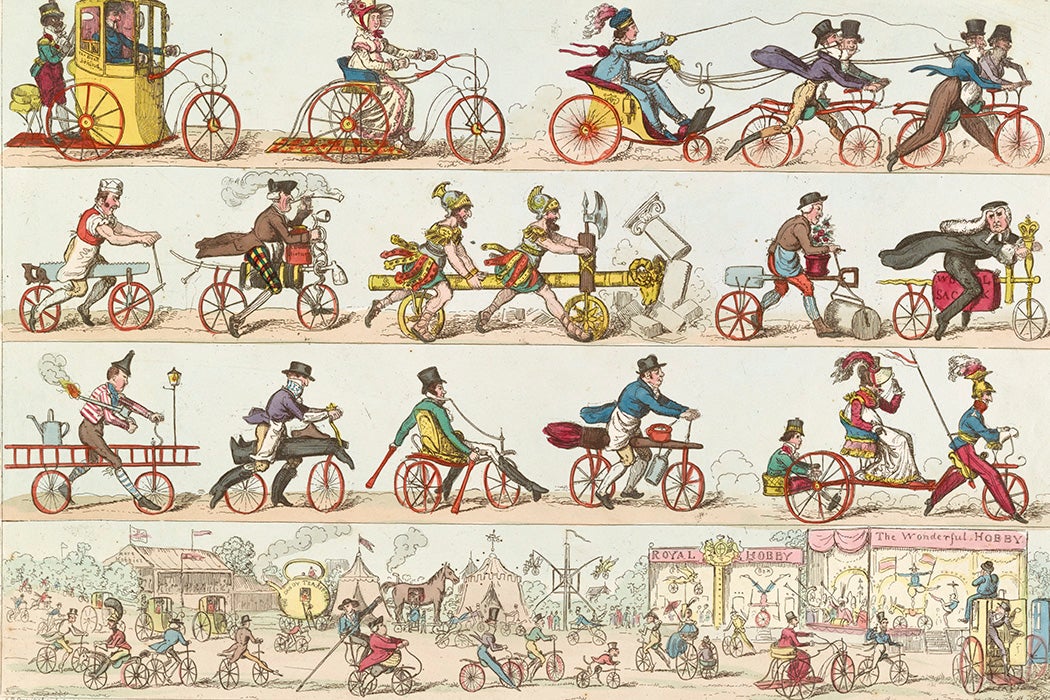COVID-19 has hugely increased the numbers of cyclists, particularly in cities, where biking has become the safest means of transportation. In New York, for example, the Regional Planning Association, a not-for-profit pillar of the planning establishment, recently shared a master plan for 425 miles of interconnected, high-capacity, protected bike lanes.
Yet despite their growing numbers, cyclists continue to suffer from a negative image: supposedly reckless, rude, and lawbreaking. It’s safe to say that nearly everyone has jaywalked, rolled through a stop sign, or driven a few miles per hour over the speed limit, but these infractions are often dismissed as normal. Noting that unlawful driving behaviors have been studied extensively, researchers Wesley E. Marshall, Daniel Piatkowski, and Aaron Johnson turned to cyclists’ decisions about breaking the rules of the road. Are bicyclists making rational, albeit illegal, choices—similar to most drivers and pedestrians—or are they reckless and dangerous?
Marshall, Piatkowski, and Johnson asked bicyclists as well as drivers and pedestrians to analyze the factors associated with such behaviors. They used snowball sampling—meaning that respondents recruited other participants—for an online survey that presented hypothetical cycling scenarios along with multiple-choice questions about what the respondent would choose to do in each scenario. Survey takers, numbering nearly 18,000, were able to explain their rationales.
It turns out that 100 percent of the sample population admitted to some form of lawbreaking. But the rationales differed by mode of transportation: while drivers and pedestrians mostly break the rules of the road to save time, for cyclists the most common reason is personal safety, followed by saving energy, saving time, and increasing one’s visibility. The overwhelming majority of bicyclists are not reckless: they mostly break laws in situations where little harm would come to themselves or others.
Additionally, they are often motivated by concerns for their own safety, because they feel like an afterthought in a transportation system dominated by cars. Our infrastructure simply was not designed with bicycles in mind, so most bicyclists seem focused on surviving. The study concludes that lawbreaking while riding a bicycle has less to do with who you are than where you live: the overall context, norms, and social processes of a city play a meaningful role in bicycling behaviors.
Weekly Newsletter
The authors conclude that “most bicyclists can…be described as scofflaws.” They note that the word originated in 1924 with a newspaper competition “to coin a word to describe those that disobeyed Prohibition laws for rational reasons that did not necessarily break social norms.” They continue, “scofflaw bicyclists tend to be rational individuals trying to function safely and efficiently, even if it means they are doing so illegally, given the social norms of where they live and the transportation system put in front of them.”
One rare benefit of the COVID-19 crisis could be a change in attitudes about biking and improved conditions for doing so. Then, perhaps, fewer laws would need to be broken.
Support JSTOR Daily! Join our new membership program on Patreon today.







